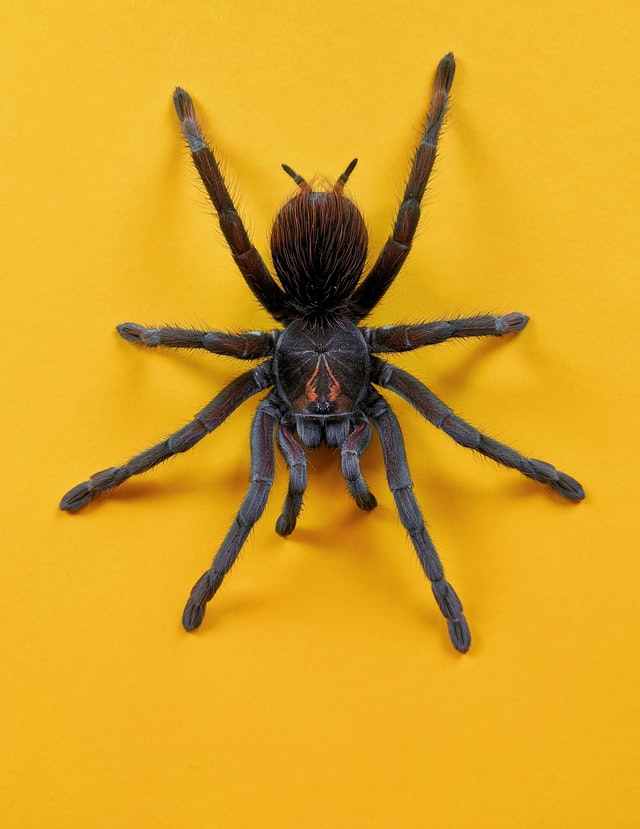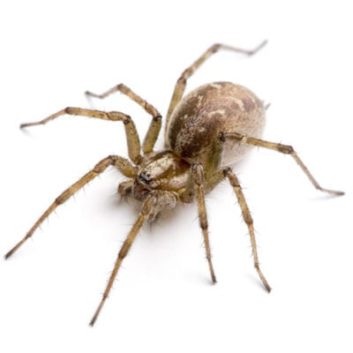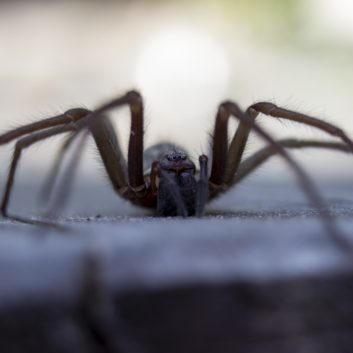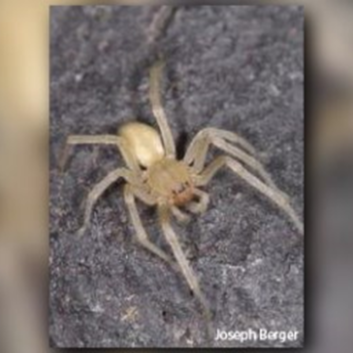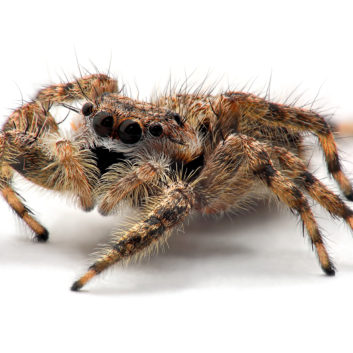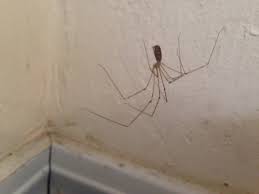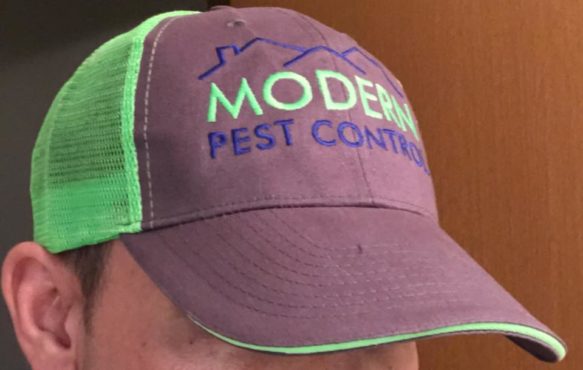Funnel Weavers
The funnel weaver is arguably the most common house spider in Washington. They're brown in color and do not grow larger than 1½ inches in length. They're most easily identified by the funnel-shaped webs they spin in the corners of your windows, walls, and under your furniture.




